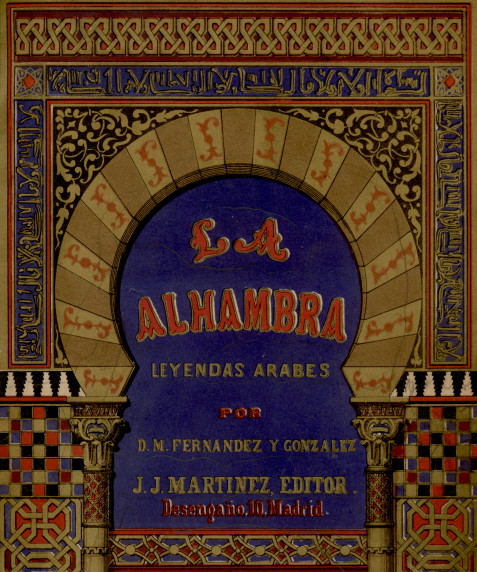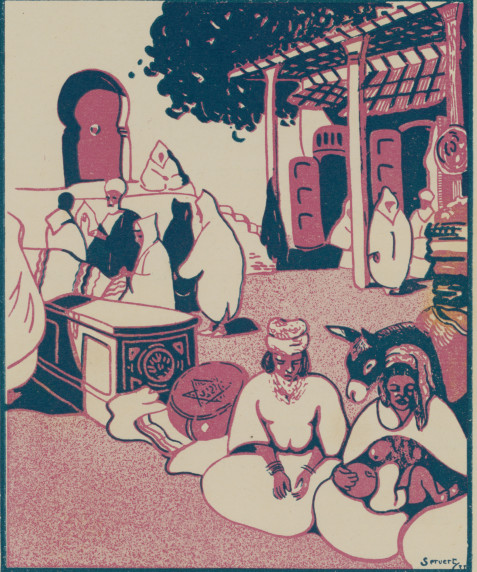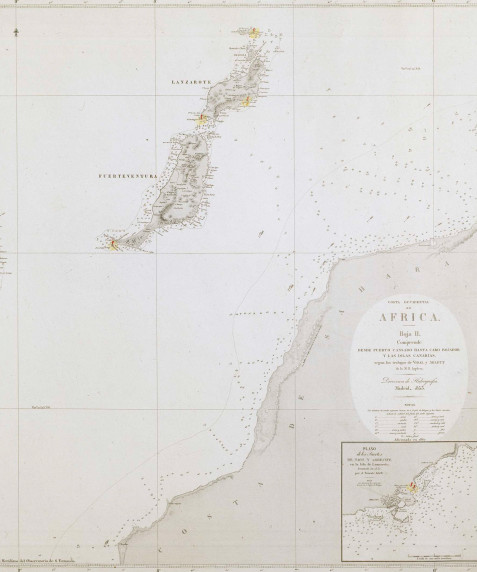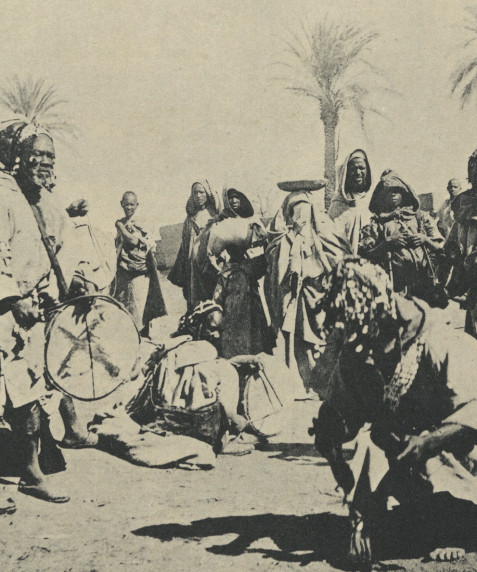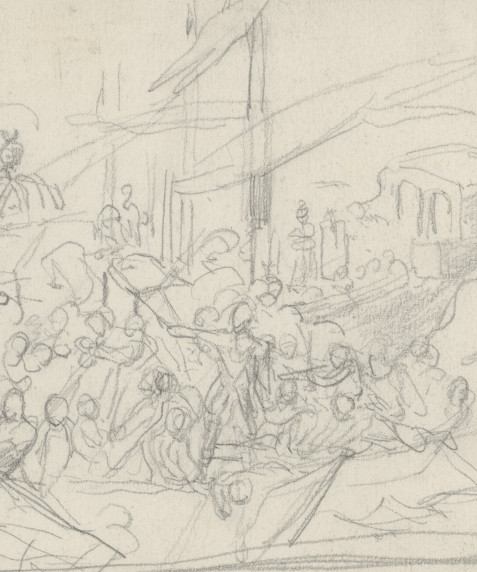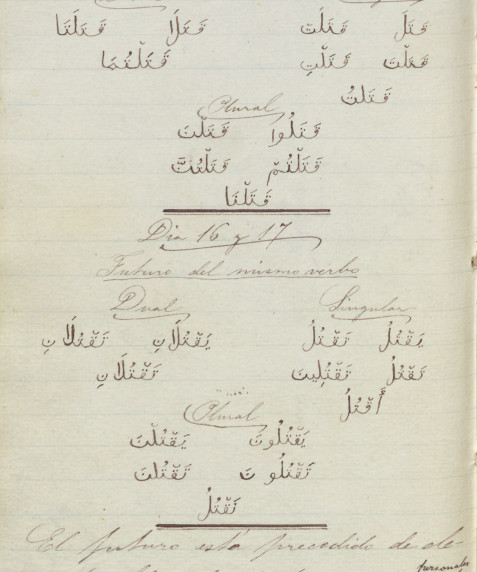Africa
This collection was created through the donation of Tomás García Figueras' private library. The collection specialises in Africa and the Arab world in general and, in particular, Spain's Protectorate in Morocco. The key subject matters deals with Morocco, the Sahara, Guinea and the North of Africa as a whole.
History of the collection
The collection was created on November 23rd, 1966, following the donation of the private library of Tomás García Figueras.
Tomás García Figueras, a Spanish expert on Africa, was Delegate for Indigenous Affairs in Morocco. The initial core collection was extended by the African and Arab archives stored in the Biblioteca Nacional's General Repository, which included the significant donations made by: Bermejo, Roda, Gregori, Fernández Cortacero, Gudin, etc.. Later, in 1979, the library of the Directorate General for Morocco and the Colonies was added to the collection, this included a major Saharan archive and the legacy left by Juan Fontán Lobé, which provided significant documentation on Guinea. In 1987 most of the private library of Emilio Bonelli y García Morente, which included the private library of the explorer Emilio Bonelli Hernando and that of the engineer, geographer and Governor General of Guinea, Juan María Bonelli i Rubió, was donated to the collection. The reading room was closed to the public on January 9th, 1989 and the archives were returned to the Biblioteca Nacional's various repositories and classified according to the medium of each item.
Funds
The collection specialises in Africa and the Arab world in general and, in particular, Spain's Protectorate in Morocco. The most important thematic cluster refers to Morocco, the Sahara, Guinea and the North of Africa as a whole. The works are available for consultation in our Automated Catalogue.
The different archives consist of:
- Monographs and reference works
There were 21,865 volumes when the Section was closed. These include bibliographies and specialist reference works, in addition to library catalogues and archives and source guides concerning the history of these countries. Call numbers: AFRGFª (General Reading Room) - Pamphlets
Almost 30,000 copies in 881 boxes: Offprints of foreign magazines, typed reports and short works. Call numbers: AfrCª and AFRGFCª/ (General Reading Room) - Lesser Publications
700 copies kept in boxes: Mostly calendars and tourist leaflets. - Periodical Publications
Over 2,000 titles: Specialised Spanish and foreign magazines; Gazettes from the Directorate General for the Promotion of the Sahara and Official Protectorate Gazettes. Incorporated into the BN's periodical collection (Periodicals Room) - Miscellaneous
636 volumes: Newspaper cuttings, copies of archive documents and manuscripts from other libraries. (General Reading Room) - Manuscripts
Largely modern: Letters from the Raisuni, personal archives belonging to the brothers Tomás and Vicente García Figueras, Guillermo Rittwagen and Juan Fontán Lobé. Call numbers: AfrGFªDoc (Cervantes Room) - Photographs
Almost 100,000 documents, between positives and negatives, belonging to the legacy of García Figueras and the Library of the former Directorate General for Morocco and the Colonies. (Goya Room) - Postcards
Over 3,000 postcards, almost all addressed to García Figueras and classified by geographical area. (Cartography. Goya Room) - Cartography
2,500 physical, geographic, political and tourist maps, drawn up between 1900 and 1960 by the Army Geographic Service, the Geological Service of Spanish Western Africa and the Geological and Mining Institute and edited by the General Government of the Spanish Sahara, the Delegation for Indigenous Affairs or the Royal Geographic Society. (Call numbers: AFRMPS; Goya Room) - Drawings, Engravings and Prints
847 pieces, between originals and reproductions, belonging to Mariano Bertuchi, Carlos Gallegos, Teodoro Miciano, Enrique Segura, Tauler, etc. The engravings section corresponds almost entirely to the 19th century, while almost all the drawings date from the 20th century. Call numbers AFRGFB/ (Goya Room)


